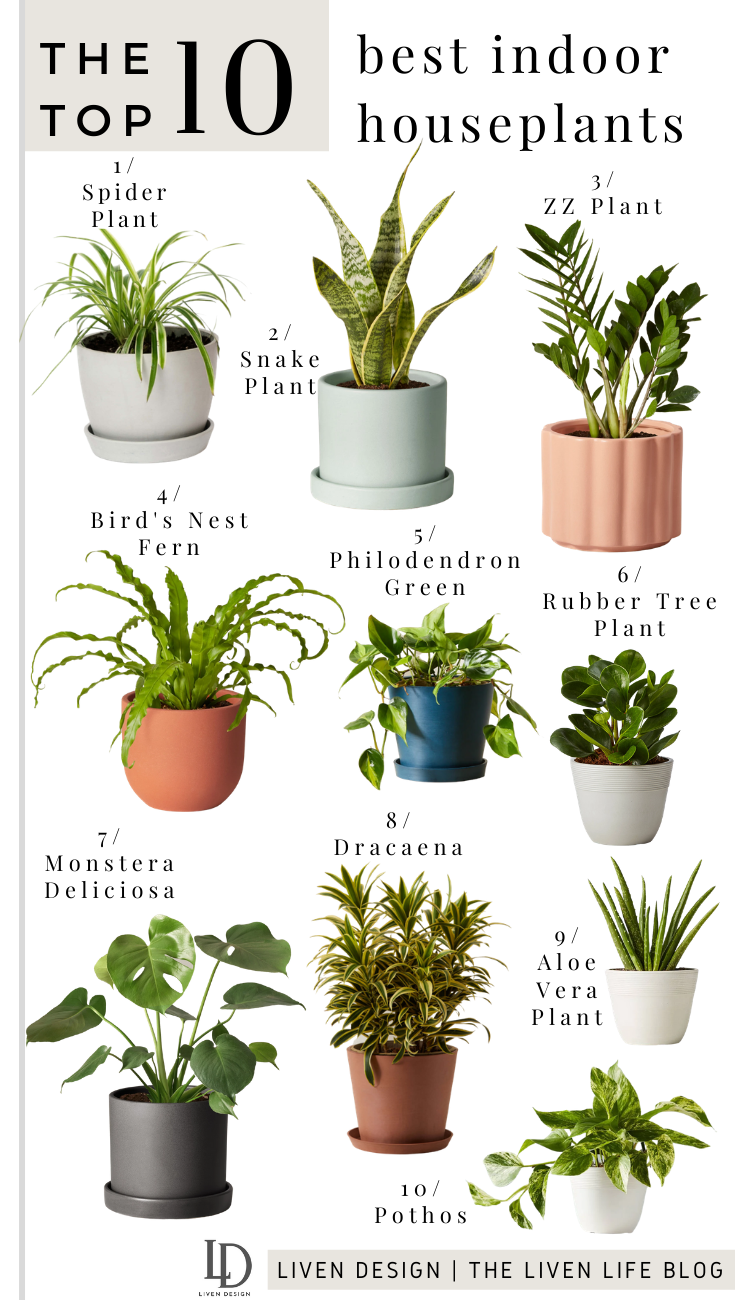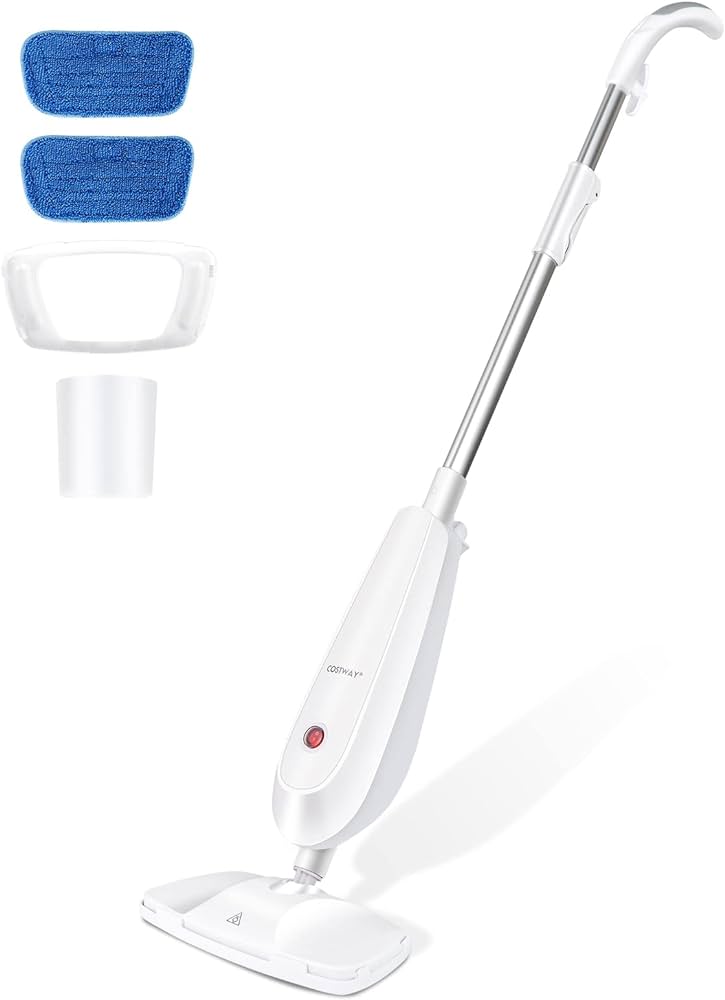How Do You Keep Lantana Blooming?
Lantana is a popular flowering shrub that is native to the tropics and subtropics of the Americas. Its colorful blooms make it a popular choice for gardeners looking to add a pop of color to their garden. However, keeping lantana blooming can be a challenge, as it requires the right balance of sun, water, and fertilizer. In this article, we will discuss the best methods for keeping lantana blooming throughout the year, so you can enjoy its vibrant blooms all season long.
Understanding Lantana Plants
Lantana plants are popular for their vibrant, colorful blooms and hardy nature. Native to the tropical and subtropical climates of Central and South America, these plants are known for being incredibly resilient and easy to care for. But, to ensure that you get the most out of your lantanas, it’s important to understand a few key factors about the plants and their needs.
Lantana plants prefer full sun and well-draining soil. They also need plenty of water, but be careful not to overwater them. Too much water can cause root rot and stunt their growth. If you’re growing lantanas in containers, make sure to use a potting mix that drains quickly and re-pot them every two or three years.
Fertilizing your lantana plants is also important for keeping them healthy and blooming. Choose a balanced fertilizer and apply it every two weeks during the growing season. Make sure to follow the instructions on the label and avoid overfertilizing.
Pruning your lantana plants in the spring will also help them stay healthy and promote new growth. Cut back any dead or damaged stems and shape the plant to the desired size and shape. This will help keep your lantana plants blooming throughout the year.
With the right care, lantanas can be an incredibly rewarding plant to have in your garden. By understanding their needs and providing them with the right environment and care, you can ensure that your lantanas will stay healthy and bloom for many years to come.
Planting and Location Requirements
Lantana is a beautiful flowering plant that is a popular choice for many gardens. To ensure your lantana blooms continuously, certain planting and location requirements should be met. Plant your lantana in well-draining soil that receives at least six hours of direct sunlight per day. Lantana plants should be spaced apart to allow for adequate air circulation, which helps to prevent fungal diseases. Depending on the type of lantana, they can be planted from seeds or cuttings. Pruning is also essential to keep lantana blooming. Remove spent flowers to promote new blooms and keep the shape of the plant in check. To ensure the health of your lantana, fertilize it every month and water it when the soil is dry. With proper care and maintenance, your lantana will reward you with beautiful blooms all season long.
Sunlight and Watering Requirements
Lantana is a beautiful flowering shrub that is popular for its hardy nature and vibrant colors. While keeping lantana blooming is relatively easy, there are a few key requirements that must be met to keep them looking their best. Sunlight and watering are two of the most important factors when it comes to keeping lantana in bloom.
The amount of sunlight a lantana needs will vary depending on the variety. Generally, lantana prefers full sun to partial shade and should receive at least six hours of direct sunlight each day. This will help to ensure that the shrub is receiving enough light to promote vibrant blooms.
With regards to watering, lantana is a drought-tolerant plant; however, it does require regular water to keep its blooms looking their best. Depending on the season and climate, it may need to be watered a few times a week or even daily. Once established, lantana typically only requires supplemental watering during prolonged dry periods.
In conclusion, keeping lantana blooming is relatively easy when the proper sunlight and watering requirements are met. Understanding the specific needs of your lantana variety is the key to success. With the right care, you can enjoy vibrant blooms all season long.
Fertilizing and Pruning
Fertilizing and pruning are two essential practices to ensure your lantana keeps blooming. Fertilizing lantana is important to provide it with essential nutrients that will help it to thrive and produce abundant blooms. Lantana requires regular fertilizing with a balanced fertilizer that contains nitrogen, phosphorus, and potassium. Additionally, lantana should be fertilized every four to six weeks during the summer months and once every two months during the winter months. Pruning is also essential for lantana to produce beautiful blooms. Pruning helps to keep the plant healthy and encourages it to put more energy into producing a larger number of flowers. Pruning should be done in the spring when the plant is actively growing. When pruning, always make sure to remove any dead or damaged branches or stems. Additionally, pruning should be done in a way that preserves the natural shape of the lantana. By properly fertilizing and pruning your lantana, you can help to ensure that it stays healthy and blooms abundantly.

Controlling Pests and Diseases
When it comes to keeping lantana blooming, controlling pests and diseases is essential. Common pests that can damage lantana include aphids, whiteflies, and mealybugs. To control these pests, use an insecticidal soap or neem oil spray. Diseases such as powdery mildew, verticillium wilt, and root rot can also affect lantana. To prevent these diseases, ensure that your lantana is planted in well-draining soil and avoid wetting the foliage when watering. Prune away any affected leaves and dispose of them far from the plant. Additionally, use a fungicide to control the spread of disease. With proper pest and disease control, you can keep your lantana blooming all season long.
Common Questions and Answers
Lantana is a beautiful flowering plant that adds a splash of color to any garden. However, it can be difficult to keep your lantana blooming for long periods. Fortunately, there are several things you can do to keep your lantana blooming and healthy. In this blog, we will answer some of the most commonly asked questions about keeping your lantana blooming.
One of the most important things to do is to provide your lantana with the right kind of soil. Lantana prefers well-drained soil that is rich in organic matter. Additionally, make sure to provide your lantana with plenty of water and fertilizer, especially during the hot summer months.
You also need to make sure that your lantana is getting enough sunlight. Lantana prefers full sun but can tolerate partial shade. If you live in a hot climate, you may need to provide some shade to avoid scorching the leaves.
Finally, you should inspect your lantana regularly to make sure it is free of pests and diseases. If you spot any signs of trouble, such as aphids or fungal diseases, you should take steps to address the problem right away.
By following these tips, you can keep your lantana blooming for many years to come. With minimal effort and proper care, your lantana will provide you with beautiful flowers every season.
Propagating Lantana
Lantana is a beautiful, low-maintenance, evergreen shrub that produces colorful flowers all year long. While it can be difficult to get these flowers to bloom, there are a few tips and tricks you can use to keep your lantana blooming. One of the best methods is through the propagation of lantana.
Propagation involves taking cuttings from a mature, healthy lantana and planting them in a new location. This allows you to create additional lantana plants without having to start from seed. When done correctly, propagation can help your lantana to stay in bloom and provide you with more vibrant blooms.
When propagating lantana, it’s important to choose healthy cuttings. They should be disease-free and have a few sets of leaves. To get the best results, you should also make sure to keep the soil moist and provide plenty of light. Additionally, you’ll want to make sure the cuttings have enough space to grow and the soil is well-drained.
By following these steps, you can easily propagate lantana and keep your plants in bloom. With a little bit of effort, you can have a garden full of colorful, vibrant lantana flowers that will last all year long.
Troubleshooting Tips
Are you having trouble getting your lantanas to bloom? Worry not! With a few simple tips, you can have a vibrant and colorful landscape that is sure to be the envy of your neighbors. To start, make sure that your plants are receiving enough sunlight. Lantanas need at least six hours of direct sunlight per day to bloom. Additionally, the soil should be well draining, and water should be applied regularly to ensure adequate hydration. If you are noticing that the flowers are fading quickly, you may need to apply a balanced fertilizer. For best results, fertilize once per month and water in well. Lastly, deadhead the spent flowers to encourage new growth and blooms. With these tips in mind, you will have a beautiful landscape in no time.
FAQs About the How Do You Keep Lantana Blooming?
Q1: What type of fertilizer should I use to encourage lantana blooms?
A1: Use a balanced, slow-release fertilizer that contains equal parts nitrogen, phosphorus, and potassium for best results.
Q2: How often should I prune lantana to encourage blooms?
A2: Prune lantana once in late winter or early spring to remove any dead or damaged stems, and then again in mid-summer or late summer to encourage bushier growth and more blooms.
Q3: Does Lantana need a lot of sun to bloom?
A3: Yes, lantana needs full sun to bloom continuously throughout the growing season. Plant lantana in an area that gets at least 6-8 hours of direct sunlight per day.
Conclusion
Keeping lantana blooming is easily achieved with the right environment and care. Lantana needs plenty of sun, warm temperatures, and regular watering to thrive. Pruning and fertilizing can help keep the plant healthy and blooming. With the right care, lantana can bring beautiful color to your garden for months.






